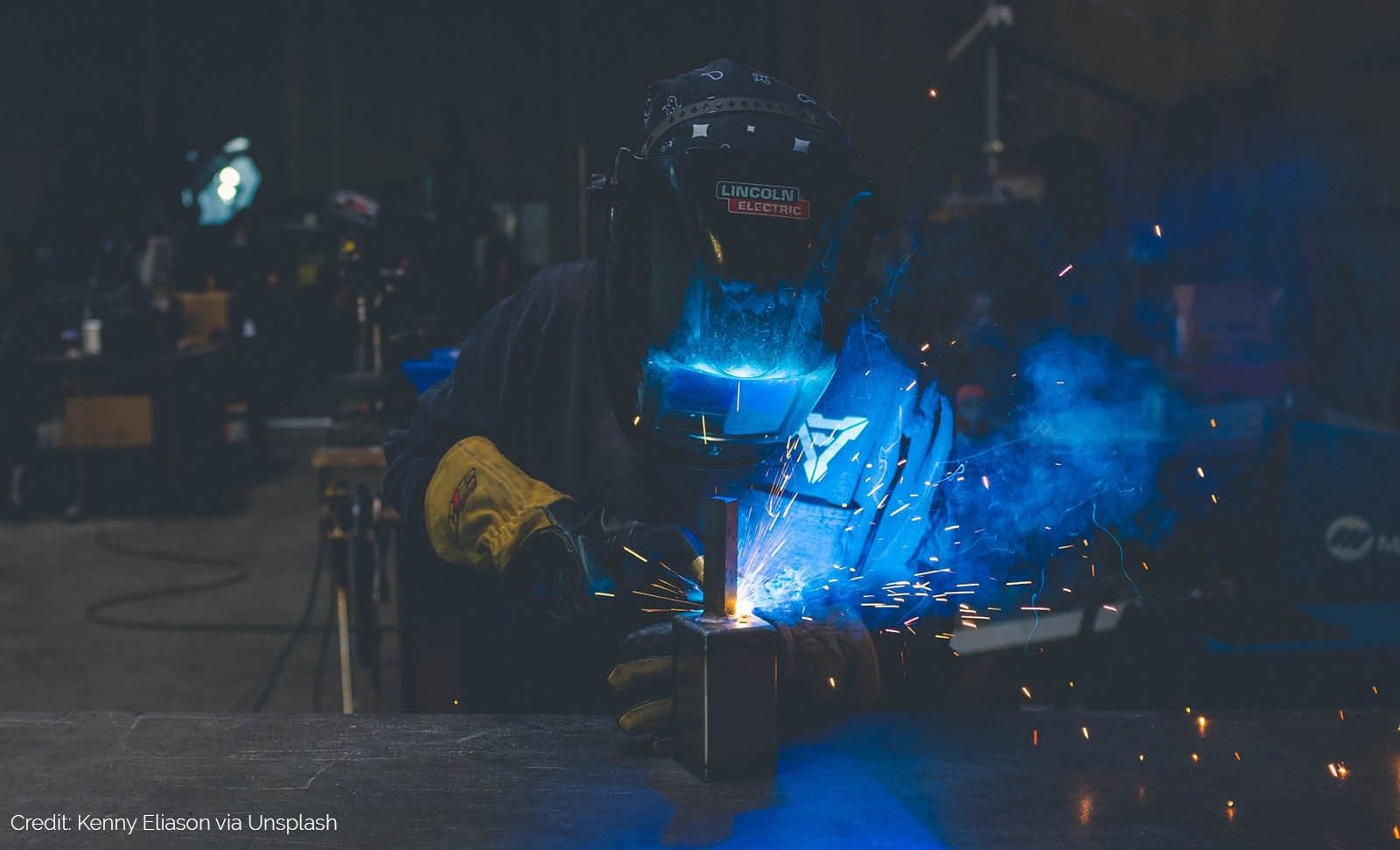
Steel sector: Forging the path to net-zero
Sept 26th 2022
The steel industry has a responsibility and opportunity to lead the decarbonization the world desperately needs to keep 1.5°C within reach. The SBTi’s Brenda Chan explains how our new steel sector methodology will enable the industry to overcome specific challenges in setting near- and long-term science-based targets.
Steel production is one of the most energy- and carbon-intensive industrial activities in the world. Given its influence in industries like infrastructure, construction, transportation and renewable energy, the steel sector is key to fostering the energy transformation needed to enable a net-zero future.
However, if the industry is to get on track to keep 1.5°C within reach, steel companies must take immediate action to prevent climate breakdown, and remain economically competitive. If the sector is to withstand the environmental and economic pressure to reduce its carbon footprint, setting science-based targets represents the crucial first step.
Laying the foundations for decarbonizing steel
The Science Based Targets initiative’s (SBTi) forthcoming guidance for the steel sector will support companies through the target setting process. It will provide the tools and methodology companies need to scale up climate action to help halve global emissions by 2030 and reach net-zero before 2050.
The guidance will be based on a thorough review of issues influencing the steel industry’s ability to set science-based targets in line with 1.5°C. These include future global steel demand, data limitations, the accessibility of key technologies and the availability of steel scrap. The review also assesses and compares steel greenhouse gas trajectories from existing models and reports, and analyzes decarbonization approaches to determine the most suitable emissions scenario to fit the carbon budget.
This review will lead to the development of a robust target setting methodology and guidance which will respond to the challenges and opportunities facing the sector. It will also adapt the pathway to enable sub-sectors, such as ore-based and scrap-based. This will ensure primary and secondary steel producers, as well as stainless steel manufacturers, are able to set near-and long-term science-based targets. Importantly, the SBTi Steel Project will also set the first consistent steel target boundary, allowing steel producers, customers and other stakeholders to compare emissions among companies.
The power of collaboration
Cooperation among experts from academia, civil society, science and business is essential to ensuring the guidance is robust, clear and practical. Our steel project, along with our work in other high-emitting sectors, is benefiting from a powerful new technical collaboration between the SBTi and Mission Possible Partnership (MPP) - an alliance led by the Energy Transitions Commission, RMI, the We Mean Business Coalition and the World Economic Forum, focused on accelerating the decarbonization of the world’s highest-emitting industries. Together, we are co-developing an ambitious and technically robust 1.5°C-aligned methodology for the steel sector, and will improve guidance to support companies in high-emitting sectors through the target setting process and transition strategies to achieve those targets. MPP has already engaged more than 400 companies across its network to develop practical, industry-backed, 1.5°C-aligned sector transition strategies for high-emitting sectors including steel. This technical collaboration between the SBTi and MPP will make it easier for leading steel companies to take action to accelerate the decarbonization of the sector.
A transparent multi-stakeholder consensus-based development process is central to all the SBTi’s sector projects. Our steel project is engaging an independent Expert Advisory Group composed of over 45 technical experts from industry, civil society and academia. The group meets on a regular basis to analyze and participate in methodological discussions, ensuring the independence and scientific rigor of this work.
Coming soon…
The SBTi will open a month-long public consultation period towards the end of 2022, during which experts from the industry and non-industry representatives will be encouraged to provide feedback to the guidance and target setting tool.
We plan to launch the final version of the SBTi Steel Guidance and Target Setting Tool in Q2 2023.
The time to act is now
The steel industry has a responsibility and an opportunity to lead the transformation to a net-zero economy. We are already seeing consumers and investors turning towards businesses that are making clear commitments to climate action, and this shift will only grow.
Companies in the steel sector must cut emissions at the pace and scale required to keep global warming below 1.5°C - and this can only be achieved by setting science-based targets. Find out more in the steel sector page and set a science-based target now.



